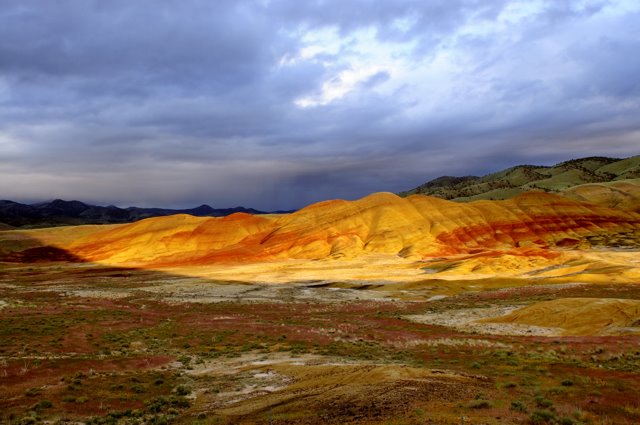If you've been doing digital photography for awhile and have decided to upgrade to a better camera, this may be the one you are looking for. This camera will put you at PRO level at less than half the price.
The NEX -3 model is least expensive and is made of polycarbonate materials while the NEX - 5 will cost more and is constructed of magnesium. It also has a couple of features the NEX-3 does not have. You can see these cameras at my camera store at Photo To Go
Here's what Sony says about these cameras:
Revolutionary design.
To create a camera with DSLR performance combined with portability that rivals compact digital cameras, Sony incorporates a huge image sensor into a compact frame. The result: an interchangeable lens digital still camera that makes it possible to capture professional-grade pictures without the extra size and weight of standard DSLR cameras.
Add the ability to shoot astonishing low-light pictures, gorgeous HD movies and simplicity of use, and the new α NEX-5 and NEX-3 cameras make it easier than ever to capture your vision.
Take amazing photos.
Introducing the interchangeable lens camera that doesn't change your lifestyle. Now you can experience the performance of DSLR without the size and weight. Packed with innovative features, Sony α NEX cameras include a tiltable LCD, Auto HDR, Anti Motion Blur, continuous shooting up to 7 fps, and Live View on a tilting 3.0" LCD.
Don't miss the chance to get those Fall colors, order yours today.
Please send comments if this article was helpful to you or if you would like information about other topics.
I have created a great little book store called "How To Use Your Camera" where you can buy photography books online. Just click the link to see what is available.
If you need a camera get it here at my camer store at "Photo To Go"
You can also visit my own photography website at Dwains Picks to see some of my work.
Thanks for visiting and I hope you will check this site often.

